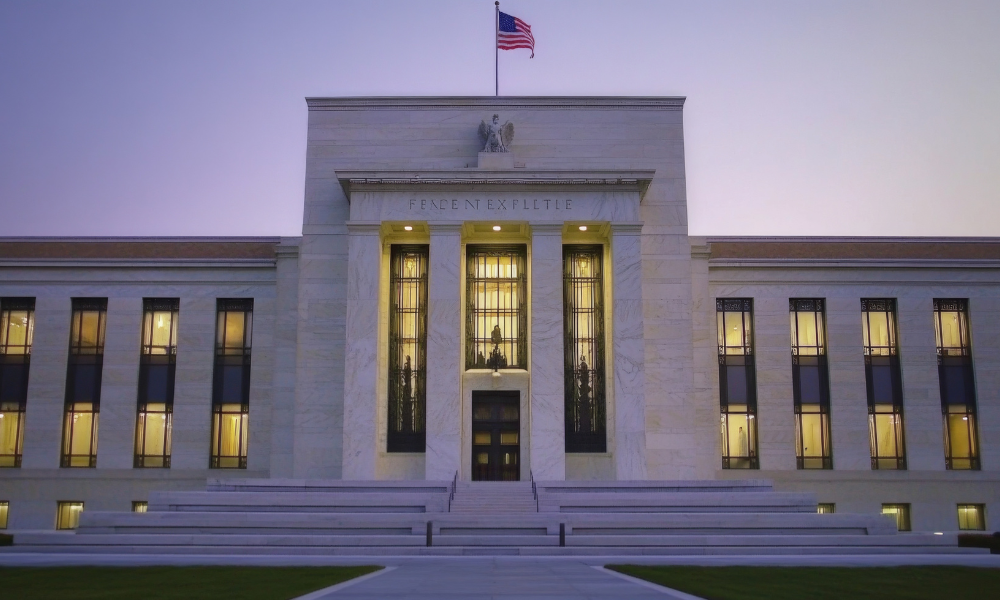Political influence allegations and economic data swirled in leadup to this decision

The United States Federal Reserve (Fed) has announced that it will cut interest rates by 0.25 per cent, to a benchmark rate of 4 to 4.25 per cent.
The decision follows some deterioration in US GDP growth and employment, as well as somewhat muted inflation. It also comes after a period of unprecedented political pressure on the Fed, with President Donald Trump attempting to fire one Fed governor and making explicit calls for interest rate cuts.
"Recent indicators suggest that growth of economic activity moderated in the first half of the year. Job gains have slowed, and the unemployment rate has edged up but remains low. Inflation has moved up and remains somewhat elevated," a press release announcing the decision reads.
US inflation remains somewhat elevated, with the August CPI number rising to 2.9 per cent. However, there has been some softening in the US labour market, the unemployment rate ticked higher in August and the US economy only added 22,000 jobs. The US Federal Reserve may be paying more attention to the employment side of its dual mandate.
Fed independence has appeared to come under threat over recent months, as well. The Trump administration has attempted to fire one Fed governor, alleging mortgage fraud. But the US court of appeals yesterday rejected the bid to fire Cook. They also fired Bureau of Labour Statistics Chief, Erika McEntarfer, and a Trump loyalist has been nominated as her successor. Some observers have noted that this could impact the reliability of the data required to inform future Fed decisions.
"In support of its goals and in light of the shift in the balance of risks, the Committee decided to lower the target range for the federal funds rate by 1/4 percentage point to 4 to 4‑1/4 percent," the release continues. "In considering additional adjustments to the target range for the federal funds rate, the Committee will carefully assess incoming data, the evolving outlook, and the balance of risks."



